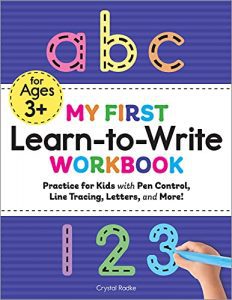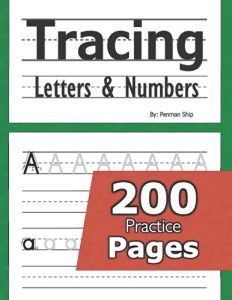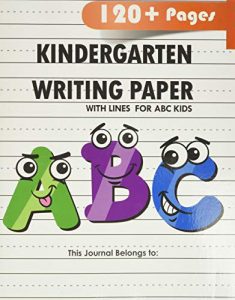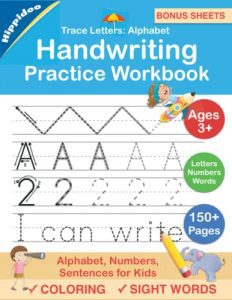The Best Letter-Writing Practice Tools For Kids
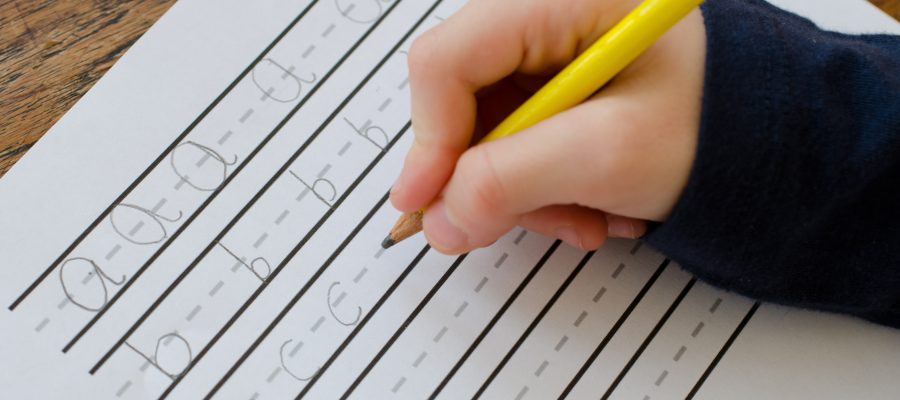
Our Review Process
Don't Waste Your Money is focused on helping you make the best purchasing decision. Our team of experts spends hundreds of hours analyzing, testing, and researching products so you don't have to. Learn more.
Our Picks For The Top Letter-Writing Practice Tools For Kids
- 1. Crystal Radke My First Learn To Write Workbook
- 2. Penman Ship Tracing Letters And Numbers: 200 Practice Pages
- 3. Smith John Kindergarten Writing Paper With Lines For ABC Kids
- 4. Sujatha Lalgudi Trace Letters: Alphabet Handwriting Practice Workbook
- 5. Smart Kids Notebooks 200 Must Know Sight Words Activity Workbook
This book is designed for kids ages three to five and offers 75 pages of writing practice. The activities build skills for reading comprehension, penmanship and fine motor. There are lot of silly illustrations to get kids excited.
For Ages Three to FiveThis book gives kids 75 pages of opportunities to practice their letters.
This letter-writing practice book for kids has wide lines and dashed centers to offer guidance. There are 200 pages for tracing letters and numbers. The book helps kids to write a consistent size.
Great for PracticeThis book includes wide lines and dashed centers for guidance.
This letter-writing practice book for kids is the first step for learning. It has a dotted grid for guidance. The book has high-quality white paper with a glossy finish.
First Step for LearningThis letter-writing practice book for kids has a dotted grid.
This letter-writing practice book for kids helps them develop confidence and skills. It includes the alphabet, sight words and simple sentences. It also covers number words.
Builds ConfidenceKids will be proud of the skills they develop using this book.
This fun and engaging book takes writing and reading to the next level. It includes the 200 most common words kids need to learn. It also has several activities to make learning easy.
Fun and EngagingThis book helps take writing and reading to the next level.
Buying Guide
While a lot of school work is done on the computer these days, handwriting is still an important skill for children to learn. During preschool, kindergarten and the early grades, kids spend a lot of time perfecting writing their letters and numbers. What begins with scribbles leads to inverted symbols and finally to legible letters that kids like to proudly show off to their family and friends.
Letter writing is a skill that develops over several years. This is because it requires many other skills, such as fine motor, memory, concentration and more. In order to get it right, kids have to practice writing their letters over a long period of time. Giving kids opportunities to practice drawing, scribbling and writing at home, in addition to at school, is key. Using letter-writing practice books for kids at home gives them a new challenge to work on while at home.
For younger kids just starting to work on their letters, it’s best to start with thick crayons or chalk until they have the mobility to position their fingers and thumb around a pencil. In order to develop their fingertip grip, it’s important to give kids lot of fine motor activities to work on, such as putting beads onto a thread or playing with playdough and modeling clay. Even using tweezers to grab scraps of paper develops these muscles.
Once kids are able to grasp their writing tools, they can work on controlling them. This starts off by just learning to draw lines and abstract shapes, and eventually leads to writing letters a few years later. It’s important to understand, for both kids and parents, that practice makes perfect and that this is a skill that takes time.
What to Look For
- When selecting a letter-writing practice book for kids, take a look at the age group it is designed for. Books for younger kids, such as those in preschool, often have activities that encourage kids to make straight lines, curves and shapes to get them used to controlling their writing instrument. Books for older kids, such as those in kindergarten, may include more opportunities for tracing and writing the alphabet.
- Some letter-writing books also include numbers, which is a great way to work on more than one skill. Some also include shapes, colors and other introductory topics for children.
- Most letter-writing books will provide kids with an opportunity to trace over the printed text. This is a good way for kids to see what the letter is supposed to look like. Some also include arrows the kids can follow in order to move their pencil in the correct direction. Opt for books that also provide lots of blank lined space for kids to practice writing the letters without any tracing. This pushes them to use their memory and remember how to write the letter all on their own.
- Learning can be exhausting for children, so it’s important to find a book that also includes fun in the learning process. For example, little activities where kids can color in drawings or play a game makes the learning more enjoyable as they get to have a change of pace.
- It can feel like a lot of pressure on both parents and children when they are learning to write. It’s important to remember that all kids develop at their own pace. They will have plenty of opportunities to practice their letters in school and at home, so it’s important to help build their confidence and get them excited about learning.
You May Also Enjoy Our Other Reviews
- Robotic Vacuum
- Cordless Vacuums
- Air Mattress
- Drone
- Electric Razor
- Convertible Car Seat
- Infant Car Seat
- Dry Dog Food
- Carpet Cleaners
- Air Fryers
- Laptops
- Home Printers
- Wireless Router
- Streaming Device
- Electric Pressure Cooker
- Chromebook
- Television
- Digital Camera To Capture Special Moments On The Fly
- Smartwatch
- Upright Vacuum


